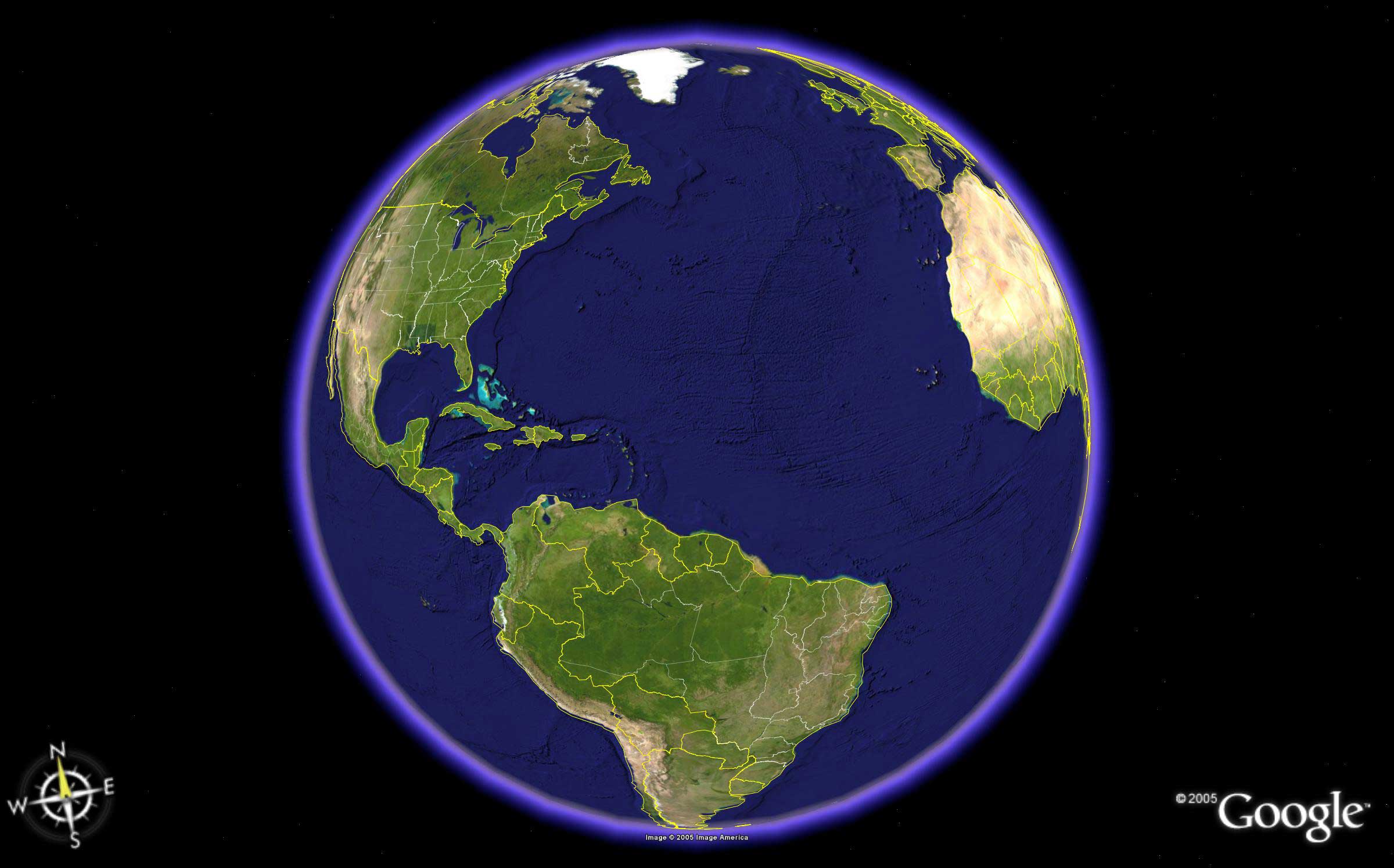
Davie Hurricane Relief.org

A private effort to enhance communications before and after hurricanes and other emergency events
An Urgent Call for a Renewed Hurricane Mitigation Project

What areas will be next? Never has civilization had greater tools to actually think the impossible, and act on it. It is time for accelerated and substantially increased funding for hurricane mitigation.
Each year, millions of lives are disrupted...and hundreds die, from the massive natural fury of hurricanes, typhoons and cyclones. Governments spend untold millions on forecasting and relief. As we were again taught in 2004 and during the hyper hurricane season of 2005, the State of Florida and vast areas of our planet continue to be at the mercy of these incredible storm machines.
In October, 2004, Scientific American published an article by Ross N. Hoffman. The theme was how creative and imaginative scientists are now discussing, and feverishly studying, how to mitigate and at least partially control hurricanes. Indeed, pushing hurricanes to safer routes and reducing their intensity seems, for the first time in human knowledge, to actually be possible. Over the next several decades, technology might actually be used to make the hurricane season less deadly, and far less damaging.
When I was a child, the call of John F. Kennedy to explore space and land men on the moon stirred my imagination. What resulted was no less than the triumph of a visionary idea that improved civilization. Earlier, President Truman started the Marshall Plan and redeveloped war torn Europe. In his administration, President Nixon heralded a "war on cancer." Recently, President Bush has announced a plan to return to the moon and ultimately put humans on the surface of Mars. Now it is time for the current administration to announce a 25 year concerted effort to study, mitigate and ultimately control, hurricanes, cyclones and typhoons. Through a combination of multi-governmental and private funding initiatives, we can seize on the ideas explained by Hoffman, and try to make a safer world for our children. The National Oceanic and Atmospheric Administration (NOAA) needs a NASA like effort to focus key resources on hurricane deflection and diminishment...now.
On September 29, 2005, BizNewOrleans.com reported concerns that NOAA's Hurricane Research Division (HRD) may be under funded. The web site reports staffing at the HRD is down from 1980's levels. Some researchers, the site claims, worry that modernization of equipment and more research personnel are needed to tackle the huge and daunting task of tracking and predicting hurricane movement. While the budget director of NOAA asserts the funding is not low, a review is promised. USA Today also reported in a September 29 article that NOAA personnel need at least $10 million to modernize the research division and face current challenges. The present budget, the paper reports, is only $5.1 million.
As important as the efforts are to track storms and measure their intensity and development, the U.S. needs an additional and new hurricane mitigation program. Congressional hearings on the potential for hurricane mitigation should be a top priority of the current Congressional session. In the wake of Katrina, the call for accelerated hurricane research grows across the nation. The economic health, indeed the national security of our country, is impacted by hurricane disasters. There are few scientific and research programs such as this suggested effort that will help us as a nation, and filter down with benefits to local neighborhoods in every hurricane exposed state.
"Imagine reducing a Category 5 storm to a Category 3..."
Past efforts at hurricane mitigation were not successful. With the passage of time, however, the development of super computer models and enhanced understanding of cyclonic events, it is time to revisit the potential for tangible results of reducing the fury of these catastrophic storms. Imagine being able to reduce a Category 5 storm to a Category 3. There are private companies studying this idea, as well as universities. Government researchers dream of such a potential. Let's enable them to find ways to get the job done for future generations.
The magnitude and frequency of hurricanes is increasing. Studies show we are experiencing an uptick in hurricanes that may last 10 years or longer. Can we afford to ignore the need to tackle hurricanes and go beyond the critical science of tracking and detection to reach the next level of research? Now is the time for strong leadership to take the study of hurricanes to the next dimension. Hoffman and his associates need to be taken seriously. This page will track important developments in hurricane research. In the meantime, write your Congressman, your Senator, your Governor, your State Legislators. Talk to your family, friends and business associates. Demand greater hurricane research funding and a revitalized effort to control these storms. Let's create a grass roots drive to force the discussion of serious hurricane mitigation research into the mainstream of public discourse...not 10 or 30 years from now, but today.
--Mitch Chester, Editor, DavieHurricaneRelief.org
Davie Hurricane Relief.org updates the status of the Weather Modification Research and Technology Transfer Authorization Act of 2005 currently pending before Congress.
Click here for more details.
Join the effort to promote serious discussion about hurricane research and mitigation. Contact us at mac0202@bellsouth.net.

Eye Wall of a Hurricane. Courtesy NOAA.
Ambitious Study of Hurricanes Underway At University of Miami
Brief History of Hurricane Research Efforts
There have been serious efforts to weaken hurricanes. According to CNN.com, in 1964 "Project Stormfury" was born, with the ambitious goal of finding the weak points of hurricanes and lessening their punch. The goal was to "seed clouds" with silver iodide. This process was envisioned to cut off the air flow to a hurricane eye and create a second eye. As far back as 1961, researchers worked against Hurricane Esther with this process. According to reports, the hurricane showed indications of weakening. Two years later, in 1963, efforts were made to weaken Hurricane Beulah, and scientists thought the resulting data was promising. As recent as 1969, further efforts were made with Hurricane Debbie. Significant weakening of Debbie was recorded. Those monitoring the results were encouraged, and thought that the seeding process was worthy of continued study. To be continued...